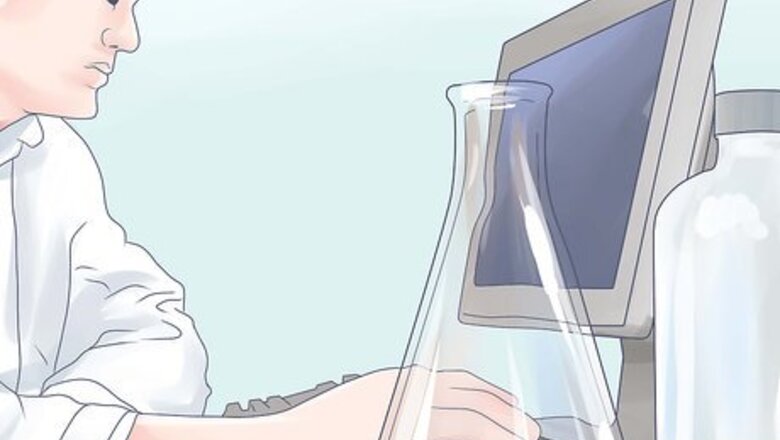
views
Dangers of Using Household Bleach
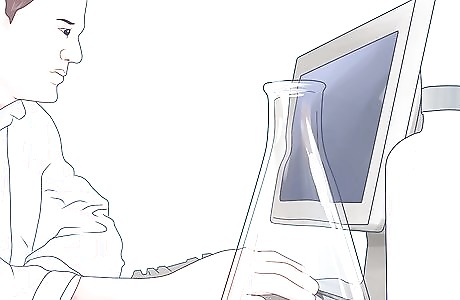
Understand the research. The recent trend for using household bleach on the face is believed to have started with a study conducted at Stanford University School of Medicine. This study found that diluted bleach helped to heal and renew the skin of mice with dermatitis. The object of this study was to find a solution for radiation dermatitis - an unpleasant skin condition that often affects patients undergoing chemotherapy and radiation treatment. However, researchers believe that in the future, bleach could also be a key ingredient in treating skin problems caused by sun damage and aging. Although this study indicates that bleach could be the answer to many skin issues, it is important to remember that the test subjects were mice, not humans. Human trials have yet to be conducted. In addition, the various applications of bleach as an ingredient in household beauty products requires further study.

Be aware that it is very difficult to achieve the correct dilution at home. Another point to take into consideration is the fact that the Stanford researchers used a very specific dilution rate in their study - .0005, to be exact. Most household bleaches have a concentration somewhere between 5% and 8%, making them significantly stronger than the solution deemed safe for use during the study. Even if you attempted to dilute bleach yourself before use, it would be very difficult to achieve a concentration of .0005 without the necessary knowledge concerning dilution methods, or the required tools. The effects of using a dilution higher than .0005 have not been studied, and could have an adverse effect on skin.
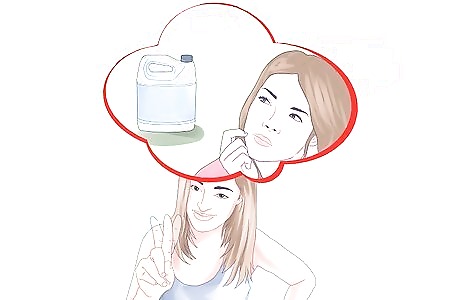
Understand that using bleach on the face is not recommended by doctors. Although medical researchers are currently looking into the applications of bleach in anti-aging and skin rejuvenation products, the use of household bleach as an at-home face cleanser is not recommended by doctors. In fact, many doctors would strongly advise against it. Dr. Mona Gohara, a professor of dermatology at Yale School of Medicine states "Bleach is absolutely too irritating and should not be used as a face wash ... If used incorrectly, bleach can cause extreme inflammation and dryness." While Dr. Daniel Shapiro, a renowned Phoenix-based cosmetic surgeon has stated "I wouldn't recommend trying the bleach facial at home ... I do see how bleach can be a potentially promising product for anti-aging ... But it will need a great amount of work."
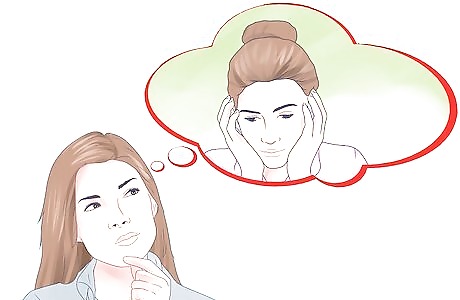
Know that bleach can burn and irritate the skin. Bleach is a corrosive substance - in fact, in high concentrations it can burn a hole through stainless steel. And even in low concentrations bleach can burn the skin, leaving it red, dry and irritated. Therefore, although the object of using bleach on your face is to to make it clear and glowing, you could very likely end up producing the exact opposite effect.
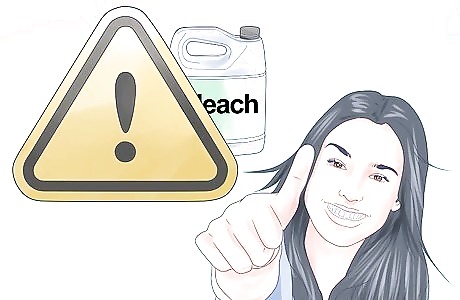
If you decide to go ahead with using bleach on your face, make sure to follow the proper safety precautions. Ensure that the bleach is highly diluted first. The dilution used by the Stanford researchers was less concentrated than the water in a swimming pool. As it is difficult to work with very tiny amounts of bleach, it is easier and safer to use a large quantity of water instead. Therefore, you should make the bleach solution a gallon jug by mixing 1/4 teaspoon of bleach with three quarts and 12 ounces of warm water. When it's ready, label the container clearly and mark with a skull and crossbones and poisonous. Store the jug where it can be stored for later use. Do not put the bottle of bleach in the refrigerator, or anywhere it could be mistaken for a beverage. Make sure to perform a patch test on a small piece of skin before applying the bleach solution to your entire face. Use a cotton pad to apply a dab of the bleach on the skin below the jawline. Wait 24 hours to see if any redness, dryness or irritation occurs before proceeding. If no irritation occurs and you decide to proceed with the bleach treatment, apply only a thin layer of the diluted bleach solution to the entire face (carefully avoiding the eyes, mouth and nostrils) and leave for a maximum of ten minutes. Thoroughly rinse the bleach from your face using a face wash and running water, then immediately moisturize the skin. If any irritation occurs, do not repeat the treatment. It is strongly advised that you consult with your doctor or dermatologist before using bleach on your skin. There are many safer, more effective options out there, whether you wish to target skin discoloration, acne or signs of aging.
Using Alternative Skin Lightening Products
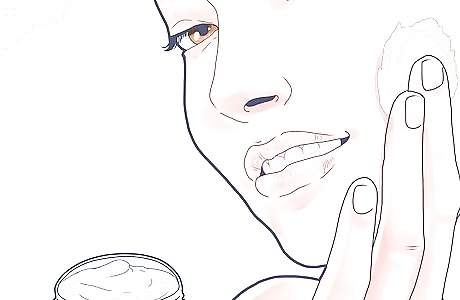
Try specific facial bleaching creams. A much safer option than using household bleach is to use bleaching products designed specifically for the face. These products can be bought over-the-counter and often contain ingredients such as hydrogen peroxide, which is a well-known bleaching agent. Facial bleaching creams are designed to brighten the skin and hide unwanted facial hair. They should be used according to the instructions on the packaging. You should discontinue use of these products if any irritation occurs.
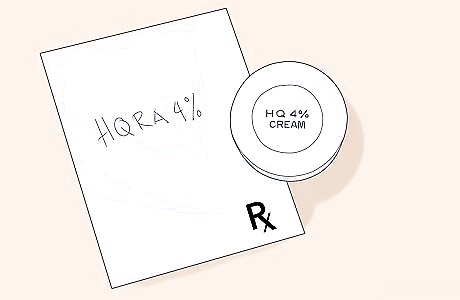
Consider using hydroquinone. Hydroquinone is an effective skin lightening cream which uses retinoids (acidic vitamin A) instead of bleach. It is mainly used for treating skin discoloration and dark spots, as it reduces melanin in the skin. Hydroquinone creams should only be used at night, as they make skin hyper-sensitive to UV light. Although 2% solutions of hydroquinone are available over-the-counter in the US (4% with a prescription), it is important to be aware that products containing hydroquinone have been banned in large parts of Europe and Asia due to their potential carcinogenic properties, as they can cause irreversible skin darkening. As a result, you should consult with your dermatologist before using any hydroquinone products.
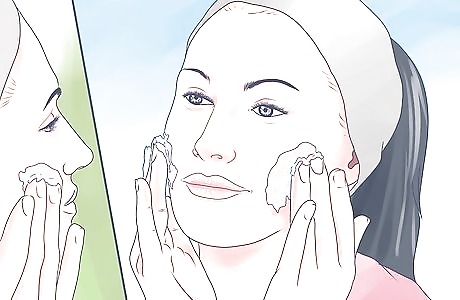
Use "brightening" creams. If you are simply looking to brighten your complexion and achieve a more youthful, dewy look, then brightening creams are the way to go. These creams are available over-the-counter and usually contain natural lightening agents such as kojic acid, glycolic acid, alpha hydroxy acids, vitamin C or arbutin. These ingredients also work to inhibit melanin production and reduce pigmentation in the skin, but they are safer than hydroquinone.

Wear sunscreen everyday. The sun is a major culprit when it comes to skin discoloration, dark spots and general signs of aging. Therefore, it is imperative that you protect your face from harmful UV rays by wearing sunscreen everyday. Simply by wearing sunscreen, you can protect your skin from becoming darker and prevent many of the skin problems associated with sun exposure, including skin cancer. You should wear a minimum of factor 30, and wear a hat to protect your face from direct sunlight. You should even wear sunscreen in winter, as harmful UV rays can penetrate clouds and cause damage, even if it's not hot.
Using Home Remedies
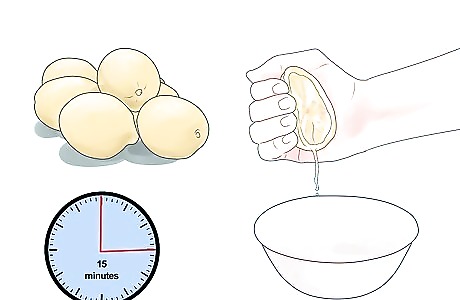
Use lemon. The citric acid contained in fresh lemon juice is an effective natural bleaching agent and can be used to brighten the complexion and to minimize discoloration and the appearance of dark spots. Squeeze the juice from half a lemon and dilute to half strength with water. Dip a cotton ball into the liquid and dab onto the face, concentration on the areas you wish to brighten. Leave the lemon juice to sit for 10 to 15 minutes, then wash off with cold running water and apply a nourishing moisturizer (as lemon juice can be drying). Repeat several times a week for best results. A word of warning - never expose your skin to sunlight while the lemon is juice is on your face, the citric acid makes your skin extra sensitive and increases the risk of sun damage.
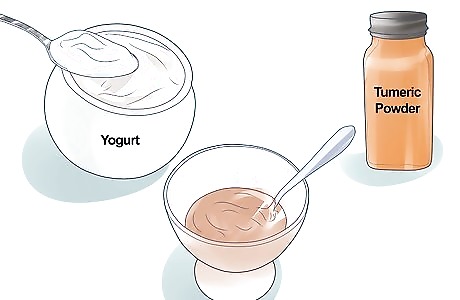
Try yogurt and turmeric. Turmeric has been used in Indian skincare for hundreds of years, thanks to it's smoothing, lightening, anti-aging and anti-inflammatory properties. To make a mask that won't stain your skin, mix 1 teaspoon of turmeric with 2 teaspoons of rice flour and 3 tablespoons of plain yogurt (or milk or cream). Apply the mask to your face and leave to sit for 10 to 15 minutes, until hard. Rinse off with warm water, using a gentle scrubbing motion.
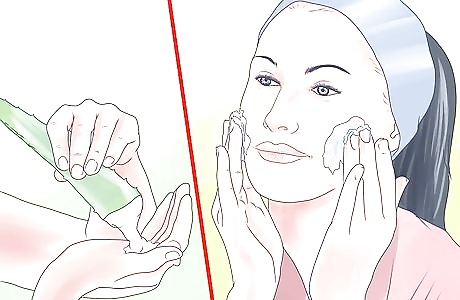
Use aloe vera. Aloe vera is a gentle, moisturizing natural substance which soothes red, inflamed skin and helps to fade discoloration. To use, simply snap a leaf from an aloe vera plant and squeeze to produce a clear, gel-like sap. Rub this sap all over your face and leave to sit on your skin for as long as you like. Aloe vera is extremely gentle and safe to use, so you can apply the sap as often as you like.
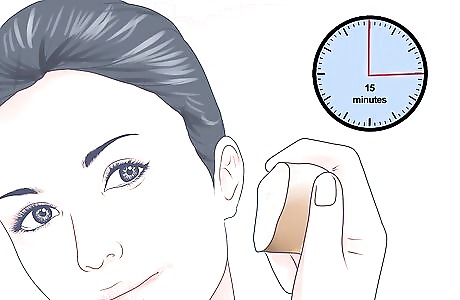
Try raw potato. Due to its high vitamin C content, the juice from potatoes is believed to work as a skin lightener. Vitamin C is used in many skin lightening products. To try it, simply cut a well-washed potato in half, then rub the exposed flesh over the skin you wish to lighten. Leave for 10 to 15 minutes, then wash off. Cucumbers and tomatoes are believed to have similar skin-lightening properties, as they also contain high quantities of vitamin C.










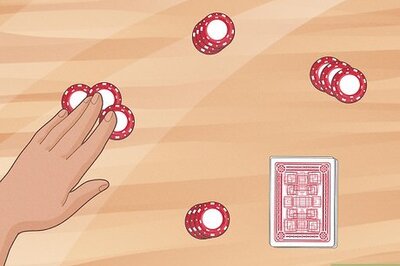









Comments
0 comment